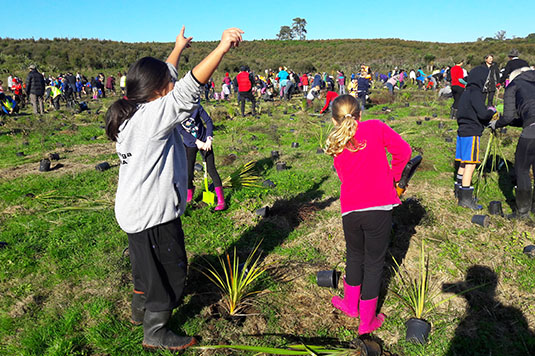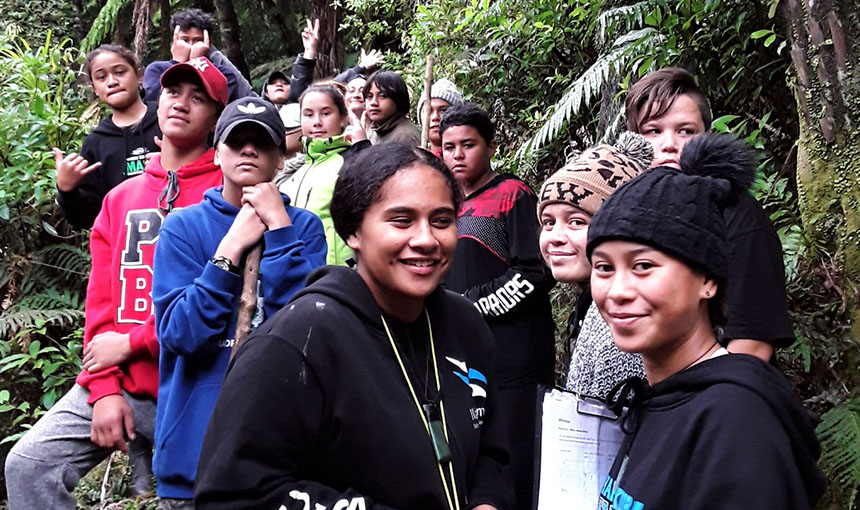Shining a light on New Zealand’s moths
New Zealand has almost 2,000 moth species and students now have the resources to find out a whole lot more about them.

With the support of the BioHeritage Challenge, Ahi Pepe | MothNet has produced a suite of guides and classroom activities about New Zealand’s moths and distributed them to every school and public library in the country.
The resources include eight regional guides in both te reo Māori and English, backed up with online resources.
Project leader Dr Barbara Anderson, of Manaaki Whenua – Landcare Research, says Ngā Puka Whakamārama o te Pepe Nui – Beginners’ Guide to Macro Moths are the first field guides for any biological group to be developed in te reo Māori.
“They’re designed to engage New Zealanders with the most conspicuous of New Zealand’s moth species and, through moths, engage with nature and science,” she says.
“The BioHeritage Challenge funding allowed us to make these guides accessible to every school in New Zealand.”
Moths play an essential role in the ecosystem as pollinators and as food for our native animals.
“About 1,750 moth species have been identified in New Zealand, with about 86% of those being endemic – they’re found nowhere but New Zealand. Systematists estimate that three to four hundred endemic moth species have yet to be named or described.”
Barbara says the online resources provide teachers and whānau with information and vocabulary, along with engaging exercises, to learn about science experiments and the world of moths.
“For the first time, every person in New Zealand will have access to this – they’ll be able to make a start at identifying our native moths on their own.”
The Ahi Pepe | MothNet project is a collaboration between Manaaki Whenua – Landcare Research, Te Rūnanga o Ngāi Tahu, the University of Otago, Orokonui Ecosanctuary, Te Kura Kaupapa Māori o Ōtepoti and Otago Museum. It is principally funded by a Ministry of Business, Innovation and Enterprise’s Curious Minds grant.


